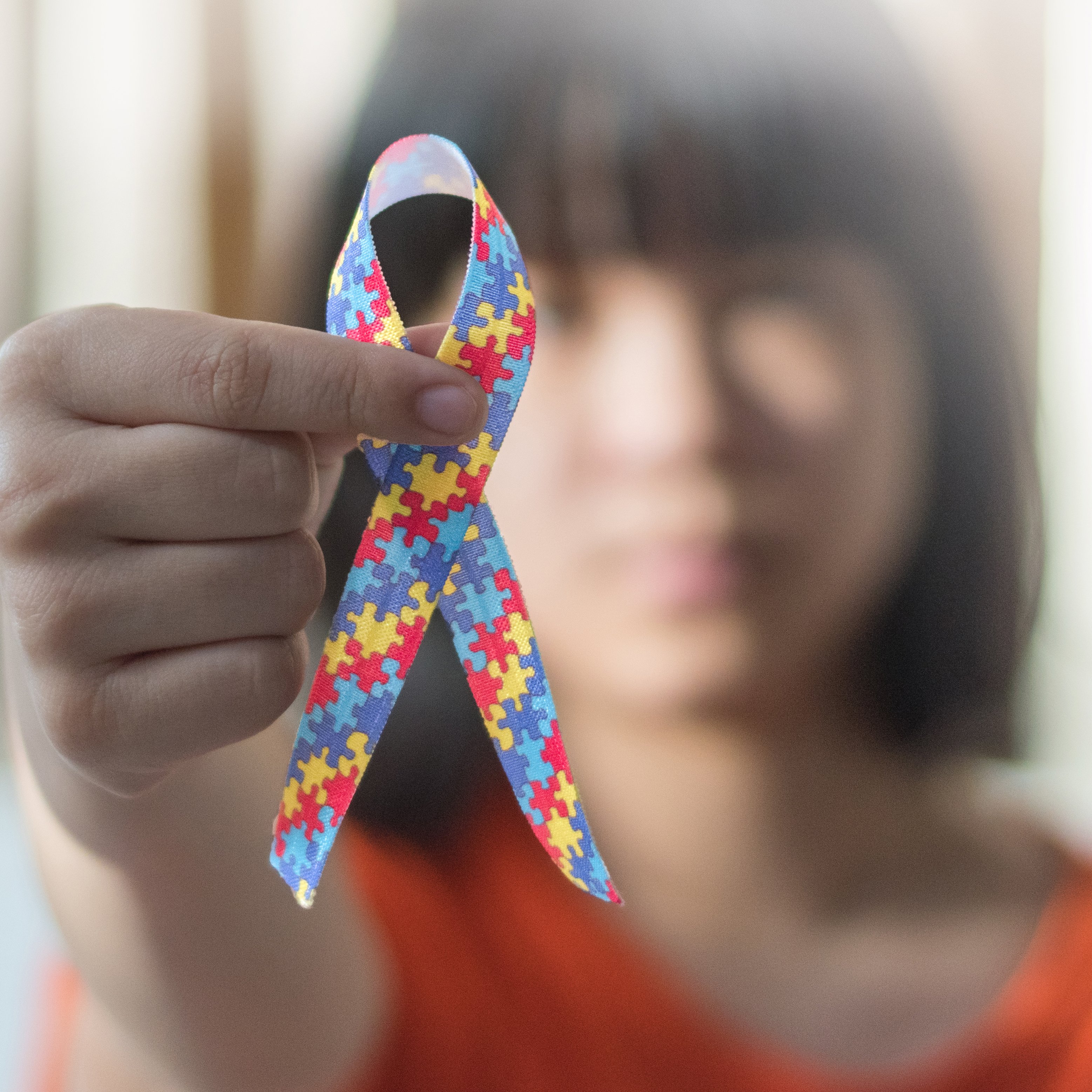An Autistic Woman Explains Common Autism Characteristics and Misconceptions
Basics- What is autism?
Autism is a pervasive developmental disorder. It is a condition that affects every part of a person’s life. Autism is diagnosed by looking at the three ‘pillars’ of autism:
- Repetitive behavior
- Language
- Communication
So, let’s take a closer look at these things. (If you would like to learn more the National Autistic Society has some great information)
Language and Communication
People with ASD have a hard time using language to effectively communicate. Some people with autism do not talk, and some people have trouble with the nuances of social interaction. Temple Grandin, a famous researcher with ASD, says that she doesn’t think in words, she thinks in pictures.
People with ASD communicate differently. There are lots of unspoken components in communication- understanding facial expressions, knowing when it is your turn to talk or stop talking and deciphering metaphor or figurative language can be a challenge when you have ASD. Sometimes, it can feel like being a part of a play where you don’t know the script.
Repetitive behavior
Repetitive behavior on the spectrum is through intense interests, stimming (or repeated motor movements) and a strict adherence to routine.
Stimming is pretty common with everyone. Ever tap your pen or bounce your knee? That’s a stim! Though most people stim, it’s more pronounced in people on the spectrum. Some people flap their hands or rock back and forth. Stimming can serve many functions, like to express joy or anxiety, to exert extra energy or to regulate senses. The supermarket is overwhelming for me- so I usually hum the same song quietly. When I was a toddler, I used to bang my head against the crib. As long as stimming isn’t aggressive (such as biting or hitting) or distracting (like singing in the middle of class) don’t try and stop them. Those movements might seem weird, but it’s important for people to regulate themselves.
Special interests are pretty cool. Some of my friends have had special interests in trains, anime, and pokemon. I have a special interest in rubik’s cubes and puzzles. Some people on the spectrum know a lot about their particular interest and enjoy talking it about it. It’s nice when someone shows interest in what you like.
Many people on the spectrum have a preference for routine. My mind is always spinning with repeating thoughts and anxiety and trying to process sensory information. Routine is how I make order from chaos and is in some way a coping mechanism that helps me participate in the world. With a routine, I am prepared for challenges because they are categorized and in their place.
A person with ASD doesn’t have to have all of these to be diagnosed with autism. Everyone is different and autism looks different in different people.
Special Interests
Sensory differences are often comorbid with autism. Sound, lights, touch, and taste can feel very different for a person with ASD and differ among people on the spectrum. Loud noises might be fun for one person, but torture for the other.
Misconceptions
Eye Contact- Some people on the spectrum have trouble maintaining eye contact. Because of sensory issues, looking at someone’s face and trying to listen at the same time is difficult. It’s important to know that just because someone isn’t looking at you doesn’t mean that they aren’t listening or paying attention.
Receptive language/Expressive Language- A student might be unable to express themselves verbally, but they might be able to understand what you’re saying.
Empathy- A lack of ‘theory of mind’ is not the same as a lack of empathy. Without the ability to read facial expressions or tone, it’s hard to guess what other people are feeling- it’s better to just be told- “I’m sad. “ or “I’m angry at this” and then offer help. No matter what disability, people have the capacity to be kind.
Catlaina’s Sources and Resources

